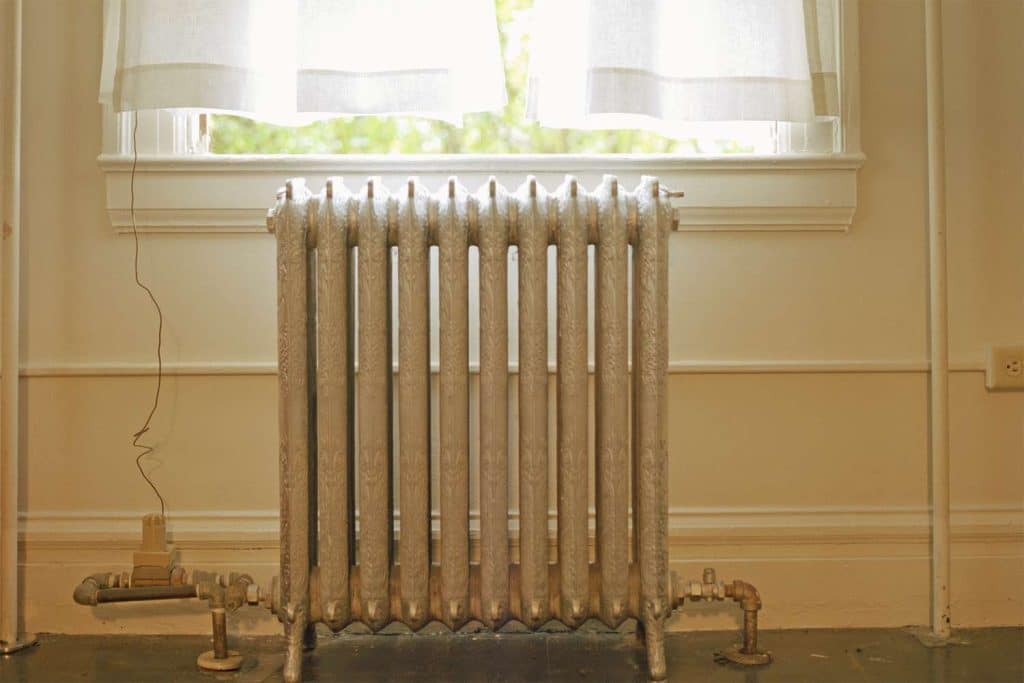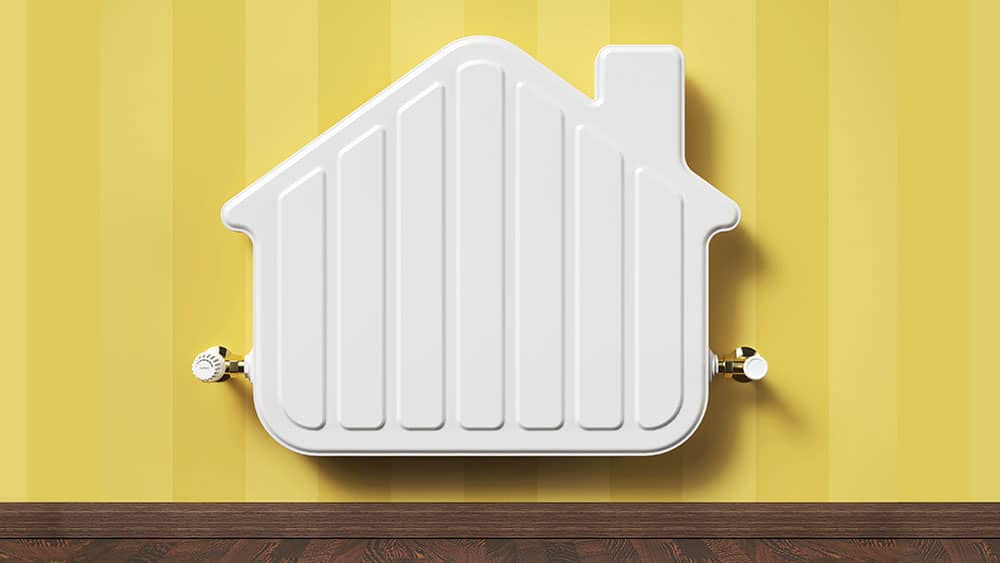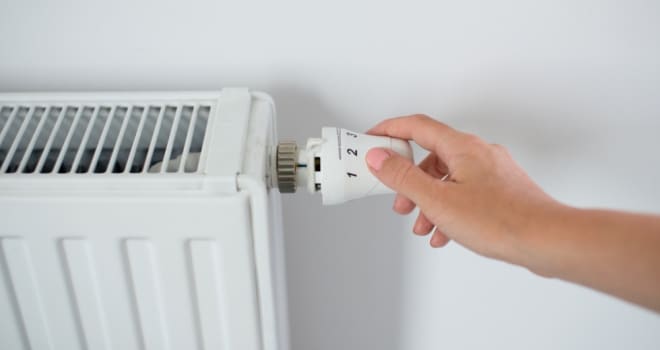In the realm of home maintenance, few things are as crucial as ensuring the smooth operation of your heating system. From chilly winter nights to brisk autumn mornings, a well-functioning heater is essential for maintaining comfort and warmth within your home. While the thought of tackling heating repairs might seem daunting, with the right knowledge and guidance, many common issues can be resolved without the need for professional intervention. This extensive guide aims to equip homeowners with the skills and confidence needed to address a wide range of heating problems effectively.
Understanding Your Heating System

Before delving into the realm of repairs, it’s essential to develop a comprehensive understanding of your heating system’s anatomy and functionality. Start by familiarizing yourself with the primary components, including the furnace or boiler, thermostat, air ducts, and vents. Understanding how these elements interact to regulate temperature and distribute heat throughout your home will provide invaluable insight when troubleshooting issues.
Safety First: Precautionary Measures
Embarking on any DIY repair project requires a steadfast commitment to safety. Prioritize your well-being and that of your household by taking precautionary measures before initiating any repair work. Begin by shutting off the power supply to your heating system to avoid the risk of electrical shocks. Additionally, don appropriate protective gear, such as gloves, safety goggles, and a dust mask, to shield yourself from potential hazards. Always exercise caution when working with heating equipment and refrain from attempting repairs beyond your skill level.
Troubleshooting Common Issues
No Heat: A sudden loss of heat can disrupt household comfort and indicate underlying issues within your heating system. Start by checking the thermostat settings to ensure they are configured correctly for your desired temperature. Next, inspect the air filters for debris or clogs, as a dirty filter can impede airflow and hinder heating performance. Finally, examine the pilot light on gas-powered furnaces, as a malfunctioning ignition could be the root cause of the problem.
Uneven Heating: If certain areas of your home feel noticeably colder than others, it may be indicative of an airflow imbalance within your heating system. Begin by inspecting and cleaning the air vents and ductwork to remove any obstructions that may be hindering airflow. Consider adjusting the dampers within your ductwork to achieve a more balanced distribution of heat throughout your home.

Strange Noises: Unusual sounds emanating from your heating system can be cause for concern and warrant further investigation. Rattling, banging, or grinding noises may indicate loose components, worn bearings, or debris lodged within the system. Take the time to carefully inspect each component of your heating system, paying close attention to the furnace or boiler, blower assembly, and ductwork.
System Cycling Frequently: If your heating system is cycling on and off more frequently than usual, it could be a sign of underlying issues affecting its efficiency. Begin by checking and replacing the air filter, as a dirty or clogged filter can restrict airflow and force the system to work harder than necessary. Additionally, inspect the air vents and ductwork for any blockages or obstructions that may be impeding airflow and causing the system to overheat.
DIY Repairs: Step-by-Step Guidance
Once you’ve identified the source of the problem, it’s time to roll up your sleeves and get to work. While some heating repairs may require the expertise of a professional technician, many common issues can be addressed through simple DIY techniques. Below are step-by-step instructions for tackling some of the most prevalent heating problems:
Furnace Maintenance
- Begin by shutting off the power supply to your furnace and allowing it to cool completely.
- Remove the access panel to gain access to the furnace’s interior components.
- Carefully clean the burners using a soft brush or vacuum to remove any accumulated debris or soot.
- Inspect the blower assembly for signs of wear or damage and lubricate any moving parts as needed.
- Check the flue pipe for blockages or obstructions that may be impeding proper ventilation.
- Replace the access panel and restore power to the furnace once maintenance is complete.
Thermostat Calibration
- Start by removing the thermostat cover to access the internal components.
- Use a small brush or compressed air to clean any dust or debris that may have accumulated inside the thermostat.
- Check the thermostat’s level to ensure it is mounted securely on the wall and is not tilted or askew.
- Use a level to calibrate the thermostat, ensuring it accurately reflects the ambient temperature of your home.
- Replace the thermostat cover once calibration is complete and test the system to ensure proper functionality.
Ductwork Inspection
- Begin by visually inspecting the ductwork for signs of damage, such as holes, tears, or disconnected joints.
- Use foil tape or mastic sealant to repair any leaks or gaps in the ductwork, paying close attention to joints and seams.
- Insulate exposed ductwork using fiberglass or foam insulation to prevent heat loss and improve energy efficiency.
- Consider hiring a professional duct cleaning service to remove any accumulated debris or contaminants from the ductwork.
Pilot Light Troubleshooting
- Start by locating the pilot light assembly on your furnace or boiler.
- Follow the manufacturer’s instructions to relight the pilot light, taking care to follow proper safety protocols.
- If the pilot light fails to ignite, check the gas supply valve to ensure it is open and unobstructed.
- Inspect the thermocouple or flame sensor for signs of wear or damage and replace if necessary.
- Once the pilot light is successfully relit, monitor the system for any signs of abnormal behavior or gas leaks.
Knowing When to Seek Professional Help

While DIY repairs can be a cost-effective solution for many heating issues, there are instances where professional intervention is warranted. If you encounter complex electrical or mechanical problems beyond your expertise, or if safety concerns arise during the repair process, do not hesitate to contact a qualified HVAC technician for assistance. Attempting to resolve intricate heating issues without the requisite knowledge or experience can exacerbate the problem and potentially compromise the safety and functionality of your heating system.
Conclusion
Maintaining a functional heating system is essential for creating a comfortable and inviting living environment, particularly during the colder months of the year. By familiarizing yourself with your heating system’s components and operation, prioritizing safety during repair work, and employing diligent troubleshooting techniques, you can effectively address a wide range of heating issues without the need for professional assistance. Remember, while DIY repairs can be empowering and cost-effective, it’s crucial to recognize your limitations and seek professional help when necessary to ensure the long-term efficiency and safety of your heating system. With the knowledge and guidance provided in this comprehensive guide, homeowners can tackle heating repairs with confidence and enjoy uninterrupted warmth and comfort within their homes.






GIPHY App Key not set. Please check settings